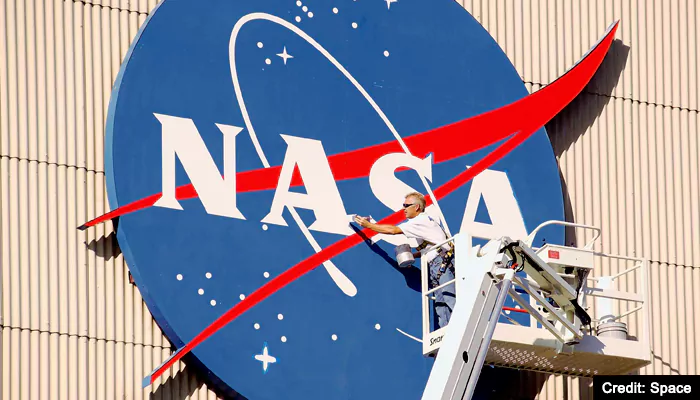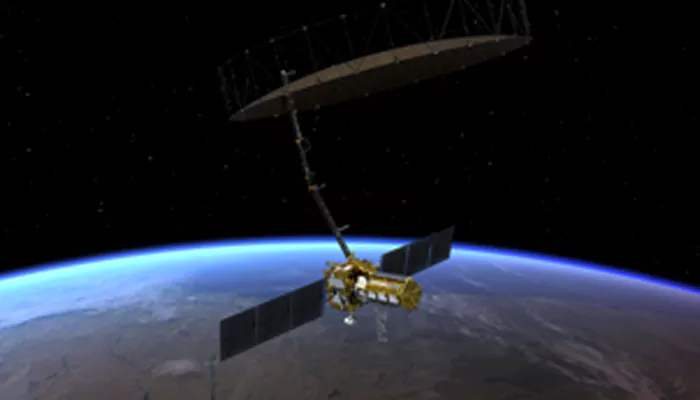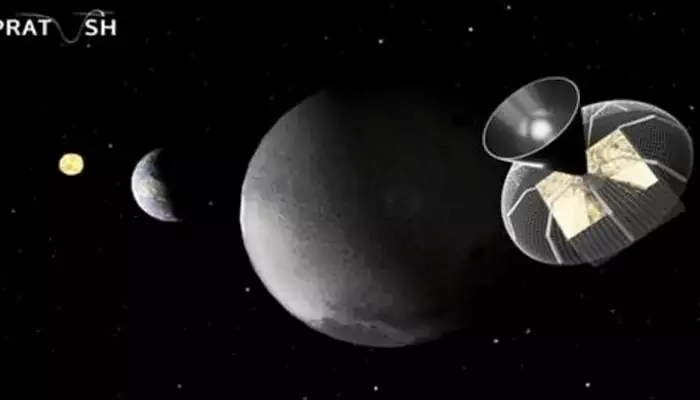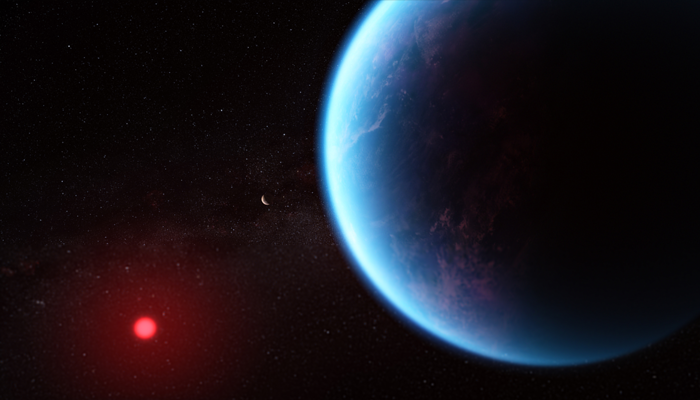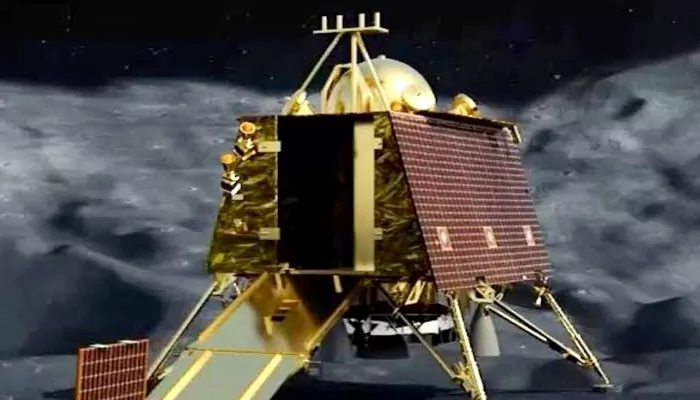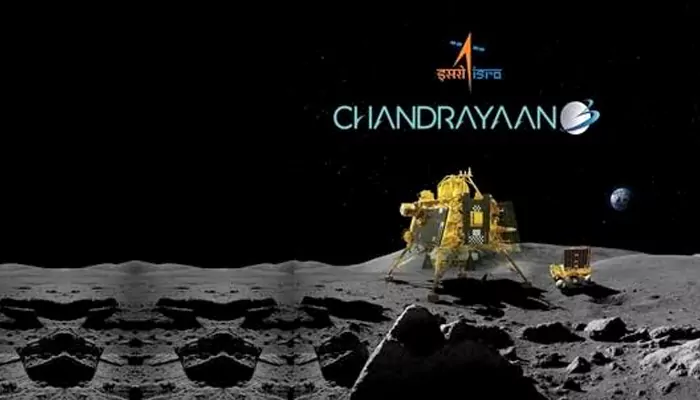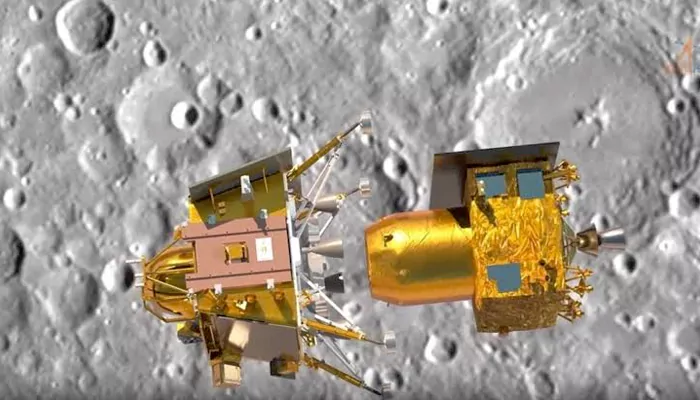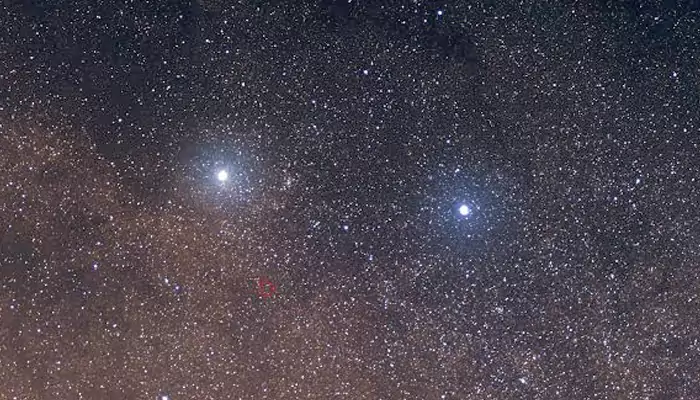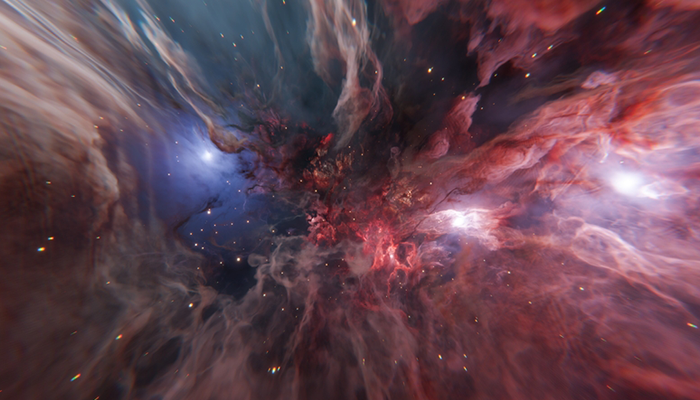On This Day, 2014 - Mangalyaan Entered The Mars Orbit: Did You Know The Mission Was “Cheaper Than An Auto Ride” In India?
- Sayan Paul
- 1 year ago
- 5 minutes read

'Mangalyaan', officially called the Mars Orbiter Mission (MOM), was India's first interplanetary mission.
"Aaj MOM ka Mangal se milan ho gaya, aur Mangal ko MOM mil gayi," said Prime Minister Narendra Modi after the success of Mangalyaan.
With numerous achievements to its credit, India is now considered a leading player in space exploration. And among all, Mangalyaan, or the Mars Orbiter Mission, was inarguably a monumental milestone. The mission resulted in some remarkable discoveries about Mars - but beyond all that, it became an example that a developing nation like India could be in the same league as the United States, the Soviet Union, and ESA member states. And it inspired ISRO (the Indian Space Research Organization) as well, to push its own boundaries and go further.
The mission was launched on November 5, 2013, from Satish Dhawan Space Center, Andhra Pradesh, using Polar Satellite Launch Vehicle (PSLV) rocket C25. History was created on September 24, 2014 - exactly 10 years ago today - when the spacecraft was put into Mars orbit. That made India the first Asian nation and the fourth nation to reach the Martian orbit, while ISRO became the world's second national space agency to do so on its first attempt (behind the European Space Agency).

However, what goes without saying is that Mangalyaan was way more significant than the missions of other countries - thanks to its remarkable cost-effectiveness. With an approximate budget of ₹450 crores, it's the least-expensive Mars mission to date - even cheaper than many Hollywood films. As Prime Minister Narendra Modi said, "Our program stands out as the most cost-effective. There is this story of our Mars mission costing less than the Hollywood movie 'Gravity.' ... Our scientists have shown the world a new paradigm of engineering and the power of imagination."
ISRO's Mars Orbiter Mission team has won the prestigious Space Pioneer Award of the National Space Society,USA. pic.twitter.com/7Ewm3cWJvq
— ISRO (@isro) January 14, 2015
Credit: ISRO
Today, on the 10th anniversary of MOM entering the Mars orbit, let's learn more about that in this article.
Why/How It Was So Cost-Effective
Well, the low cost of Mangalyaan is owed to several factors. First of all, the entire mission had a, as ISRO's then-chairman put it, "module approach". The mission took around 18 months (with few ground tests and long working days for scientists) of work to fructify - significantly less especially when compared to NASA's MAVEN which took over five years. Also, the design was kept simple, while the scientific payload was only about 33 pounds. Moreover, mostly home-grown components and technologies (including the made-in-India PSLV launcher) were used.
#ISROMissions
— ISRO (@isro) September 24, 2018
It's been four years since @MarsOrbiter successfully got inserted into Martian orbit on September 24, 2014 in its first attempt. #MOM's mission life was expected to be six months! So far, the Mars Colour Camera has acquired 980+ images. Mars Atlas is also ready. pic.twitter.com/z4GGkGvl0C
Credit: ISRO
Last but not least, the overall workers' cost is significantly lower in India than in countries like the United States, Soviet Union, or other European countries.
For instance, the cost of Mangalyaan was around 1/9th of NASA's $671 million Maven mission.
Cheaper Than Several Hollywood Films
Yes, Mangalyaan was even cheaper than several Hollywood sci-fi films. Examples include the 2013 film 'Gravity', directed by Alfonso Cuarón, which was made on a budget of $80–130 million. Christopher Nolan's 'Interstellar' had an estimated budget of $165 million. 'The Martian', starring Matt Damon as the lead, was made with $108 million.
#Google #googledoodle #Mangalyaan @MarsOrbiter @isro Google doodle celebrates Mangalayaan http://t.co/i8ngeZhge5 pic.twitter.com/ljmrvjSPxS
— Deccan Herald (@DeccanHerald) October 24, 2014
Credit: Deccan Herald
As far as Indian cinema is concerned, films like 'RRR' and 'Kalki 2898 AD' are more expensive than Mangalyaan.
Mangalyaan's Ride Was Cheaper Than An Auto Ride In India
Well, it may sound bizarre, but the Mangalyaan's ride to reach Mars was cheaper than an auto ride in Indian metro cities.
The mission cost about ₹7 per kilometer to travel the 650 million kilometers to Mars. Referring to this, Prime Minister Narendra Modi said in a speech, "A one-km auto rickshaw ride in Ahmedabad takes Rs 10 and India reached Mars at Rs 7 per km which is really amazing."
India's Mars Orbiter Mission completes three years in orbit, well beyond the original planned duration of six months https://t.co/tC3qAUQI0A pic.twitter.com/23bH56GKrm
— Tech2 (@tech2eets) September 26, 2017
Credit: Tech2
Some Interesting Facts To Know
Unlike Maven or some other Mars missions, Mangalyaan was a technology demonstrator and not a typical 'science mission'.
On October 2, 2022, the orbiter lost communications with Earth after entering a seven-hour eclipse period. ISRO officially declared it dead the following day.
The 2019 Hindi film 'Mission Mangal', starring Akshay Kumar alongside an ensemble cast, is loosely based on Mangalyaan.

